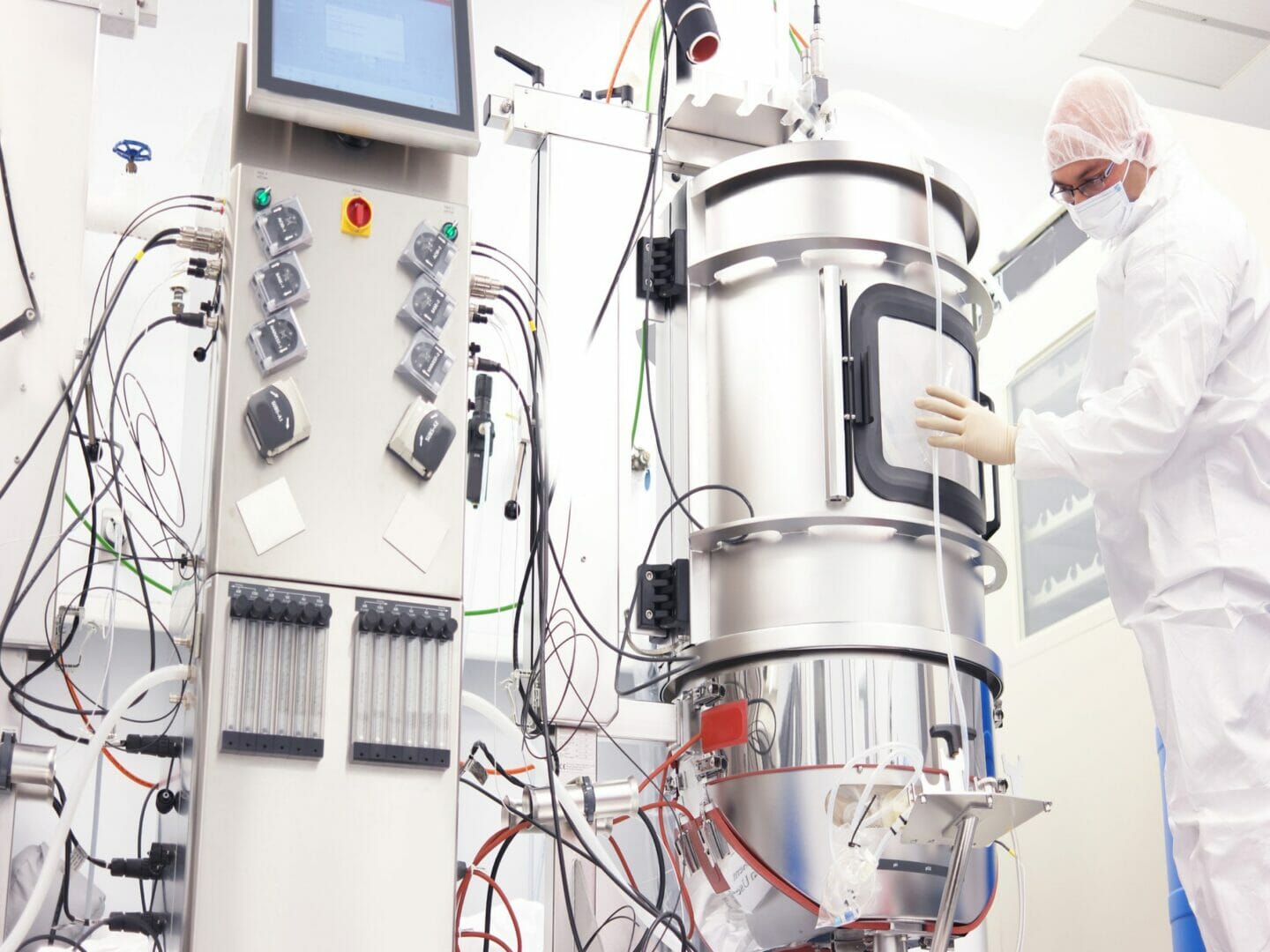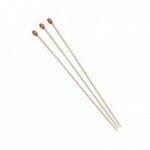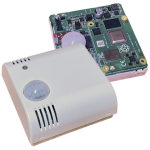Today, pharmaceutical companies are confronted with more frequent changes in production, but industry needs to ensure it is at the forefront of innovation in a time of a healthcare crisis. Here, Giuseppe Menin, Industry Manager at automation software supplier COPA-DATA, explains why modular production is crucial for enabling more flexible pharmaceutical production.
Public awareness regarding the complexity of pharmaceutical production has never been so widespread, with the effort of life science companies working at breakneck speed to develop safe and effective treatments to respond to the COVID-19 pandemic being well-documented.
Pharma facilities are being set up, or even converted, to produce the COVID-19 vaccine in several plants to help increase its availability — and the need for flexibility is clear. From producing new drugs in small batch sizes, to reconfiguring machines or equipment in already validated lines, pharma manufacturers require the ability to produce different drugs on the same production line — COVID-19 related or not.
Yet, flexibility is lacking in the pharmaceutical industry.
Current pharma issues
Drugs are currently produced according to validated processes, following precise workflows. Once the production of a drug is assigned to a manufacturing line, the steps for production are defined in a document called Master Batch Record (MBRs).
The MBRs make it easy to repeat the production of the same drug, but changing the production configuration or product volume requires alterations to the validated processes. Ultimately, this comes at a cost and presents obstacles to innovation and flexibility.
Here, equipment skids — like a single-use bioreactor — need to be treated as bespoke units when connected to control systems. This places automation on the critical path for facility design, build and reconfiguration, although biotech companies would exchange skids according to different manufacturing requirements.
The modular way
Ideally, pharma manufacturers should have a set of modules that perform a specific function, like a filter, a pump or more complex devices such as a single-use bioreactor or a granulator. This allows biotech companies to reconfigure the assembly line by simply connecting different modules together to make a product, before replacing them with others from a different supplier.
Providers must, therefore, enhance interoperability to reduce equipment installation time from months to weeks, or even days, depending on the installation scenario. Of course, users should also be mindful that this concept must support procedures reducing the internal validation effort.
However, this requires the following: a common communication language, a common descriptive model of the various devices, a guided procedure to make configuration changes in the system while maintaining the validation status, and software systems capable of orchestrating the various modules.
In fact, NAMUR, an international association of user companies in the process industry for automation technology, supports this plug-and-play approach by defining Module Type Package (MTP) concept. The model allows for more flexibility, by enabling the quick assembly and disassembly of systems from different vendors in the architecture. It also facilitates better scalability than previous models by ensuring that the data can be reorganized and presented in a way that is beneficial to whoever is looking at it.
Data challenges
Innovations of this kind pose considerable challenges, especially for machine builders and software technology providers.
From an automation software perspective, MTP requires a Process Orchestration Layer (POL) to communicate with automation systems from different vendors (Process Equipment Assembly – PEA). But today, classical distributed control systems (DCS) and ISA88 Batch Control engines are designed to operate within a single hardware product family, limiting the interoperability.
Using the MTP approach, PEAs from different manufacturers can instead be integrated into a single POL via an import configuration wizard. From the POL level, it is possible to create and run an ISA88 batch recipe using phases from the different PEAs, Such as an approach requiring an open, flexible and modular control system.
This approach also requires integration of IT systems. This is because it communicates in a transactional, message-oriented way with automation layers dealing with events in real time and data analytics systems, requiring large amounts of data to be stored and exchanged bidirectionally.
In this new scenario, open middleware platforms that provide process orchestration, connectivity services, message brokers, data contextualization, data modelling and data storage play a crucial role. Thankfully, COPA-DATA’s automation software platform, zenon, supports open digitalization in both green and brown fields.
In fact, it is software like this that allows pharmaceutical companies to front the more frequent changes in production required. With flexibility needed more than ever, automation software like zenon enables modular production for processes to become flexible, allowing manufacturers produce a variety of drugs on the same production line — COVID-19 or not.








